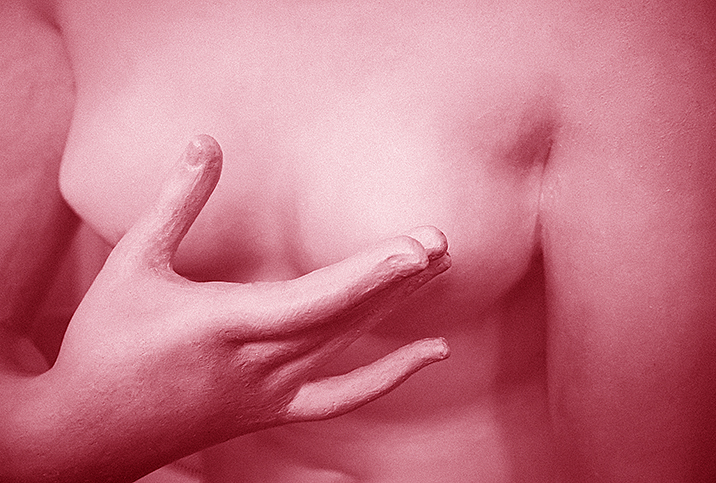What Are Breast Cysts, and Do They Always Lead to Cancer?

Of the many benign breast disorders affecting 50 percent of women over 20 years old worldwide, cysts are one of the most common, next to painful breasts and mastitis. Breast cysts develop among women regardless of age. However, studies have shown they disproportionately affect women in the 30 to 50 age group and usually disappear post-menopause. While predominantly affecting women, men can also have breast cysts, although it is incredibly rare.
A breast cyst feels like a round or oval well-defined lump inside the breast. They are generally benign, relatively soft, fluid-filled sacs that feel mobile and slightly compressible. Cysts can appear as a single cyst or multiple cysts grouped together.
Preventive health is key for overall breast health.
For some women, breast cysts can involve localized pain, which can trigger cancer fears. Other women experience no pain with the condition.
Exactly why or how breast cysts develop is still unclear. Nevertheless, these usually develop tied to changing hormonal levels due to menstruation. Breast cysts should not be confused with oil cysts, hematomas or scarring from fat necrosis that forms after breast trauma (like from a seat belt in a car accident). Your doctor can determine what kind of lump you are feeling in your breast.
Types of breast cysts
Breast cysts are usually discovered by chance during a routine breast examination or a visit to a breast clinic. Once a breast lump is found, your physician will likely order follow-up studies to learn more about the structure of the lump and determine the next steps.
Doctors diagnose breast cysts through ultrasound imaging, especially for patients under 40 years old. However, some specialists may require a mammogram for a more comprehensive evaluation.
These imaging studies help classify the cyst as simple, complex or complicated.
- Simple cysts are fluid-filled sacs with smooth and thin walls that sound waves pass through. These cysts are considered benign and usually require no further follow-up unless they are causing discomfort.
- Complicated cysts are caught in the middle of simple and complex cysts, and are mostly fluid-filled sacs but with some solid areas detected. Unlike complex cysts, these do not have perceptible thick walls. The risk of malignancy with complicated cysts is less than 2 percent.
- Complex cysts are irregularly-shaped sacs with distinct solid areas within the fluid. They can have thick walls both outside and inside the sac. Because of these more concerning features, complex cysts often need further evaluation of the fluid or solid components or both. These samples are usually obtained using a needle.
Do breast cysts lead to cancer?
Breast cysts are usually simple cysts, and they are almost always benign or noncancerous. Since cysts are hormonally responsive, they generally resolve after a woman experiences menopause. Studies suggest that breast cysts do not increase the risk of breast cancer. However, women who possess other cancer risk factors, such as family history, should be cautious and schedule regular breast exams with their gynecologist.
Of the three types of breast cysts, complex cysts may require further assessment to rule out breast cancer. Generally, your physician will schedule repeat imaging (in 6-12 months). If the mass remains stable, then it no longer needs to be followed. If the mass presents any changes, further testing, such as needle biopsy, will be performed.
Preventive health is key for overall breast health. Not every breast lump is cancer, and there are a lot of benign conditions, such as cysts, that can cause breast changes. If you or your doctor notice a new lump or other change in your breast tissue, it is important to complete the follow-up testing. However, take comfort knowing that the lump is more likely to be benign than not.


















